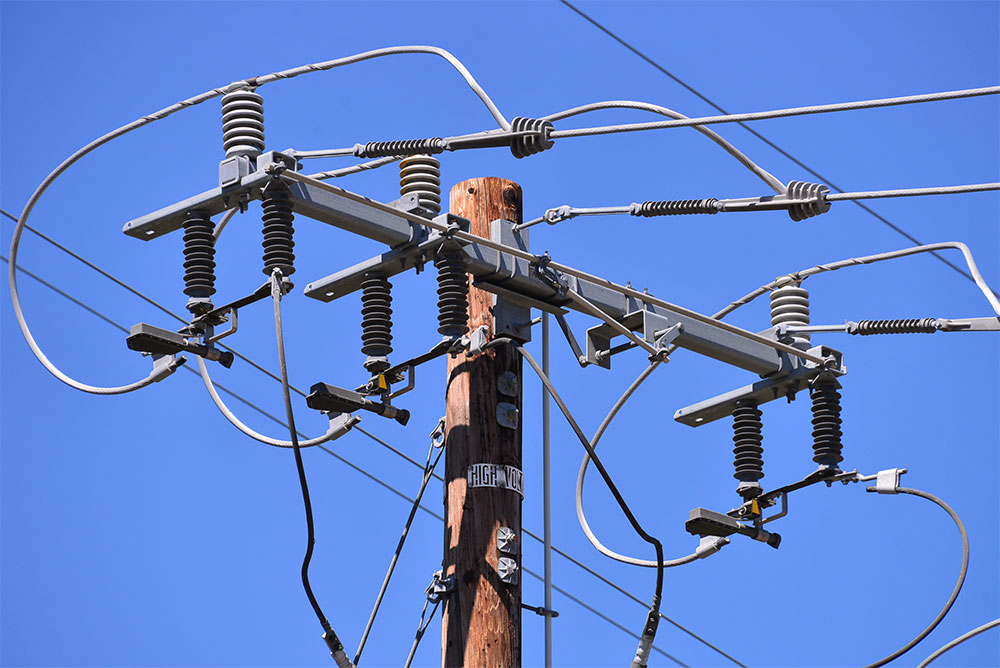
On June 13, 2016, the U.S. Attorneys’ Office filed a complaint in the Western District of Washington against the City of Seattle and its department Seattle City Light.
In United States of America v. City of Seattle, the complaint revealed that the FBI had been installing covert video surveillance cameras on city utility poles, as part of an investigation of particular subjects. The federal government is seeking an injunction to prevent the City, which had received a request from a KIRO 7 reporter under the Washington State Public Records Act, from disclosing the location of cameras that the FBI had installed on city utility poles.
The FBI had been coordinating with Seattle City Light by providing it with the location of its surveillance cameras. Previously, utility personnel were removing and destroying foreign equipment found on its utility poles, so the FBI began notifying Seattle City Light security personnel of the location of its surveillance cameras to prevent them from being removed, tampered with, compromised or destroyed by City Light employees.
The FBI is concerned that disclosure of the camera locations would tip off the suspects that they are being monitored.
Every FBI pole camera is associated with a particular subject or particular investigation and is installed in relatively close proximity to where the subject is believed to be or will be located, such as a residence, business, or frequently location. Thus, disclosure of the location of an FBI surveillance camera nearly always can reasonably be expected to reveal the location of the subject of the investigation.
The FBI also believes that the cameras may be compromised if their locations are disclosed.
The FBI surveillance cameras themselves, including the identity, technical capabilities, and operational utilization of each system and its component parts, are also very sensitive. If equipment is stolen, information concerning the capabilities, methods, and limitations of FBI equipment could be used by individuals to exploit and evade FBI surveillance methods.
Finally, disclosure of the camera locations will reveal how the FBI has been hiding the cameras.
The “concealments” of FBI surveillance cameras—that is, the structures, devices, or artifices, within which surveillance camera are housed—are carefully constructed to prevent the target or any passerby from detecting the surveillance installation. As such, if a particular concealment becomes publicly identifiable, subjects of the criminal investigation and national security adversaries of the United States will know what to look for to discern whether the FBI is conducting surveillance in a particular location.
